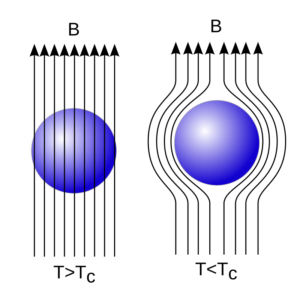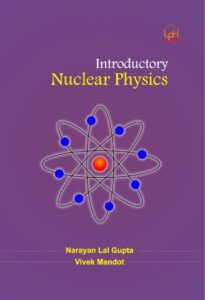Introduction of power electronics
- Power electronics belongs partly to power engineers and partly to electronics engineers. It means it is the combination of power engineering and electronics engineering.
- Power engineering is mainly concerned with generation, transmission, distribution and utilization of electric energy at high efficiency.
- The simple engineering is guided by distortion-less production, transmission and reception of data and signals of very low power level of the order of a few watts, or milliwatts without much consideration of the efficiency.
- Power electronics is also known as industrial electronics.
- The apparatus associated with power engineering is based mainly on electromagnetic principles, whereas in electronics engineering they are based on physical phenomenon in vacuum, gases/vapours and semiconductors.
- This subject concerns the application of electronic-principles into situations that are rated at power levels rather than signal levels.
- It may also be defined as a subject that deals with the apparatus and equipment working on the principle of electronics, but rated at power level, not at signal level.
Applications of Power electronics

Aerospace
- Space shuttle power supplies
- Satellite power supplies
- Aircraft power systems
Commercial
- Advertising
- Heating
- Air conditioning
- Central refrigeration
- Computer and office equipment
- Uninterruptible power supplies
- Elevators
- Light dimmers and flashers
Industrial
- Arc and industrial furnace
- Blowers and fans
- Pump and compressors
- Industrial lasers
- Transformers
- Tap chargers
- Rolling mills
- Textile mills
- Excavators
- Cement mills
- Welding
Residential
- Air-conditioning
- Cooking
- Lighting
- Space heating
- Refrigerators
- Electric-door openers
- Dryers
- Fans
- Personal computers
- Vacuum cleaners
- Washing and sewing machines
- Light dimmers
- Food mixers
- Electric blankets
- Food warmer trays
Telecommunication
- Battery chargers
- Power supplies (dc or UPS)
Transportation
- Battery chargers
- Electric locomotives
- Street cars
- Trolley buses
- Subways
- Automotive electronics
Utility system
- High voltage dc transmission (HVDC)
- Excitation systems
- Static circuit breakers
- Fans and boiler-feed pumps
- Supplementary energy systems (solar, wind)
Advantage and Disadvantage of Power Electronics
Advantage of Power electronics
- Power electronics is used in space shuttle power supplies
- Since there is very low loss in power electronic devices so its efficiency is very high.
- Power electronic converter systems are highly reliable.
- Since there is no moving parts in power electronic systems so it has long life and also its maintenance cost is very less.
- The power electronic systems has fast dynamic response in comparison to electromechanical converter systems.
- Since the power electronic system has small size and also it has less weight so they occupy less floor space and hence their installation cost is also less.
- Now these days power equipment are being mostly used, so power semiconductor devices are being produced on a large scale, resulting in lower cost of converter equipment.
- Power electronics are used in computer and office equipment.
- It is used in uninterruptible power supplies.
- Power electronics are used in elevators.
- Power electronics is also used in light dimmers and flashers
Disadvantage of Power electronics
- The power electronic converter circuits have a tendency to generate harmonics in the supply system as well as in the load circuit.
- AC to DC and DC to AC converters operate at a low input power factor under certain operating conditions. In order to avoid a low power factor, some special measures have to be adopted.
- The overload capacity of power electronic controllers are very low.
- It is very difficult to regenerate power in power electronic converter systems.
Power Electronic Systems

- The output of a power electronic converter circuit depends on the requirement of the load.
Example
- If the load is a dc motor, then the output of converter must be an adjustable direct voltage.
- If the load is a 3-phase induction motor, then the converter may have adjustable voltage and frequency at its output terminals.
- In power electronic systems, the feedback component measures a parameter of the load and also compare it with the command. For example it measures the speed in case of a rotating machine.
To know about introduction of power electronics click here.


